Toes to Knows Climbing Academy
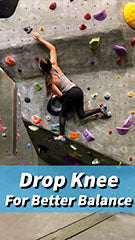
Academy: Drop Knee
Good hip motion is key to staying in balance when rock climbing. One way to drive hip motion is to use a drop knee. The drop knee helps create tension...
Academy: Drop Knee
Good hip motion is key to staying in balance when rock climbing. One way to drive hip motion is to use a drop knee. The drop knee helps create tension...
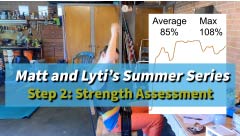
Academy: Strength Assessment
Climbing is a skill sport, but strength also plays a huge role in climbing success. As you progress up the grades in climbing, strength grows in importance. In this video,...
Academy: Strength Assessment
Climbing is a skill sport, but strength also plays a huge role in climbing success. As you progress up the grades in climbing, strength grows in importance. In this video,...

Academy: Flagging
Flagging your foot is a climbing move where one of your feet presses to the side and touches the wall, but doesn’t rest on a hold. Flagging is a really...
Academy: Flagging
Flagging your foot is a climbing move where one of your feet presses to the side and touches the wall, but doesn’t rest on a hold. Flagging is a really...
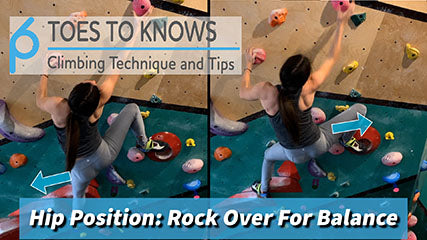
Academy: Shift Hips for Better Balance
Proper balance is critical for good rock climbing. Properly positioning your center of gravity is the best way to create balance, and your hip position is the dominant driver for...
Academy: Shift Hips for Better Balance
Proper balance is critical for good rock climbing. Properly positioning your center of gravity is the best way to create balance, and your hip position is the dominant driver for...
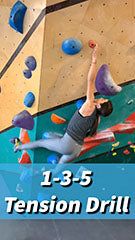
Academy: 1-3-5 Core Tension Drill
Last week I described X-motion, which is a dominant movement pattern for quality climbing. One of the keys in X-motions is to have sufficient core tension to maintain a stable...
Academy: 1-3-5 Core Tension Drill
Last week I described X-motion, which is a dominant movement pattern for quality climbing. One of the keys in X-motions is to have sufficient core tension to maintain a stable...
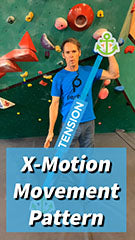
Academy: X-Motion Movement Pattern
X-motion is my name for the most basic movement pattern used in quality climbing. X-motion creates balance by anchoring your body in a series of X’s as you ascend a...
Academy: X-Motion Movement Pattern
X-motion is my name for the most basic movement pattern used in quality climbing. X-motion creates balance by anchoring your body in a series of X’s as you ascend a...
